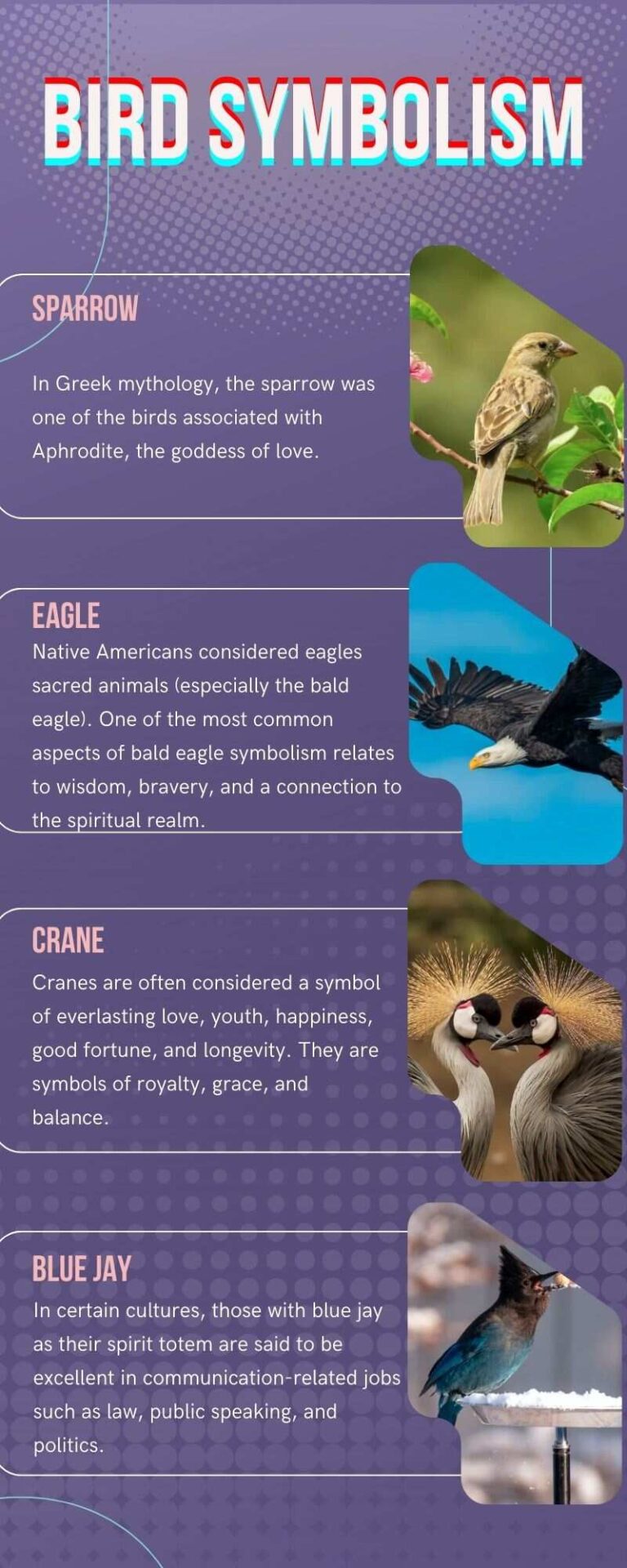How to Save a Baby Bird from Dying: A Guide for Bird Enthusiasts
Birds are captivating creatures, enchanting us with their melodious songs, vibrant feathers, and graceful flights. As bird enthusiasts, it is our responsibility to protect and care for these beautiful creatures, especially when they are in their most vulnerable stage: infancy. In this guide, we will explore the essential steps to save a baby bird from dying and ensure its healthy growth. Whether you come across a fallen nestling or a fledgling struggling to fly, these tips will empower you to make a difference.
Understanding the Needs of Baby Birds
Baby birds, just like human infants, require specialized care and attention. Understanding their needs is crucial to providing the appropriate assistance. Here are some key points to consider:
- Nestlings versus Fledglings: It is important to distinguish between nestlings and fledglings. Nestlings are young birds that have fallen or been displaced from their nests and are usually featherless or have minimal feathers. Fledglings, on the other hand, have developed feathers and are attempting to leave the nest but may not yet have the ability to fly proficiently.
- Feeding Requirements: Baby birds have specific dietary needs. It is essential to know what to feed them to ensure their proper nourishment. A mixture of protein-rich foods such as insects, mealworms, or moistened dog or cat food can provide the necessary nutrients for their growth. Avoid feeding them seeds or bread, as these may not meet their nutritional requirements.
- Keeping Warm: Baby birds lack the ability to regulate their body temperature effectively. It is crucial to keep them warm during the rescue process. Use a soft cloth or towel to gently wrap the bird, creating a makeshift nest. Ensure the cloth is clean and dry to prevent any contamination.
Now that we have a basic understanding of the needs of baby birds, let’s delve into the step-by-step process of rescuing and caring for them.
Step 1: Assess the Situation
When you come across a baby bird in distress, it is important to assess the situation before taking action. Observe the bird from a distance to determine whether immediate intervention is necessary. Here are a few questions to ask yourself:
- Is the bird injured or sick?
- Is it in immediate danger from predators or environmental hazards?
- Has it been abandoned by its parents for an extended period?
- Are there signs of dehydration or malnourishment?
If the bird appears to be in immediate danger or is injured, proceed to the next step. Otherwise, monitor the situation from a safe distance to see if the bird’s parents return to care for it. In some cases, it may be best to let nature take its course.
Step 2: Prepare a Safe Environment
Creating a safe environment is crucial for the well-being of the baby bird. Here’s what you need to do:
- Find a Temporary Nest: If the bird is a nestling, carefully place it in a small, shallow container lined with soft materials such as tissue or grass. Ensure the container has small drainage holes at the bottom to prevent water accumulation.
- Secure a Perch: Fledglings require perches to practice their flight skills. Use a small branch or dowel to provide them with a stable platform. Place it horizontally in a secure area, such as a large box or an enclosed space, to prevent the bird from escaping before it is ready to fly.
Remember, it’s crucial to handle the baby bird with care and minimize human contact to avoid unnecessary stress. Always wash your hands before and after handling the bird to prevent the transmission of any potential diseases.
Step 3: Contact a Local Wildlife Rehabilitation Center
Res
cuing and rehabilitating baby birds can be a complex task that requires specialized knowledge and resources. To ensure the best possible care for the bird, it is advisable to contact a local wildlife rehabilitation center. These centers have trained professionals who can provide expert guidance and support throughout the process.
They can offer advice on feeding, housing, and even arrange for a safe release once the bird is ready. The professionals at the rehabilitation center can evaluate the bird’s health and determine the best course of action, whether it requires immediate medical attention or can be cared for at home.
Remember, wild birds are protected by law in many regions, and attempting to care for them without proper authorization may be illegal. It is always best to seek professional assistance.
FAQs
Are birds omnivores?
Birds exhibit a wide range of dietary preferences. Some are omnivores, consuming both plant matter and small animals, while others have specialized diets. Learn more about bird feeding habits here.
Do birds go to heaven?
The concept of birds going to heaven is rooted in various cultural and religious beliefs. Explore different perspectives on this topic here.
Can birds eat chia seeds?
Chia seeds are a nutritious food source for birds. Discover more about birds’ dietary options here.
What does it mean when a bird hits your window?
The collision between a bird and a window can have different interpretations. Uncover the possible meanings behind this occurrence here.
How do mother birds feed their babies?
Mother birds employ various feeding techniques to nourish their offspring. Learn more about this fascinating aspect of avian parenting here.
Final Thoughts
Saving a baby bird’s life is an admirable act of compassion and care. However, it’s important to remember that not all situations require immediate intervention. Monitoring the bird’s well-being and seeking professional guidance from a wildlife rehabilitation center should be your top priorities. By following these steps and understanding the needs of baby birds, you can make a significant difference in preserving and protecting these delicate creatures. Together, we can ensure a brighter future for our feathered friends.
Remember, if you ever find yourself in a position to save a baby bird, act responsibly, and reach out to the appropriate authorities for guidance. Let us continue to cherish and safeguard these marvelous beings that grace our skies with their enchanting presence.
✨ Stay tuned for the next part of this article, where we will delve into the essential feeding techniques and nurturing practices to support the healthy development of baby birds. ✨


